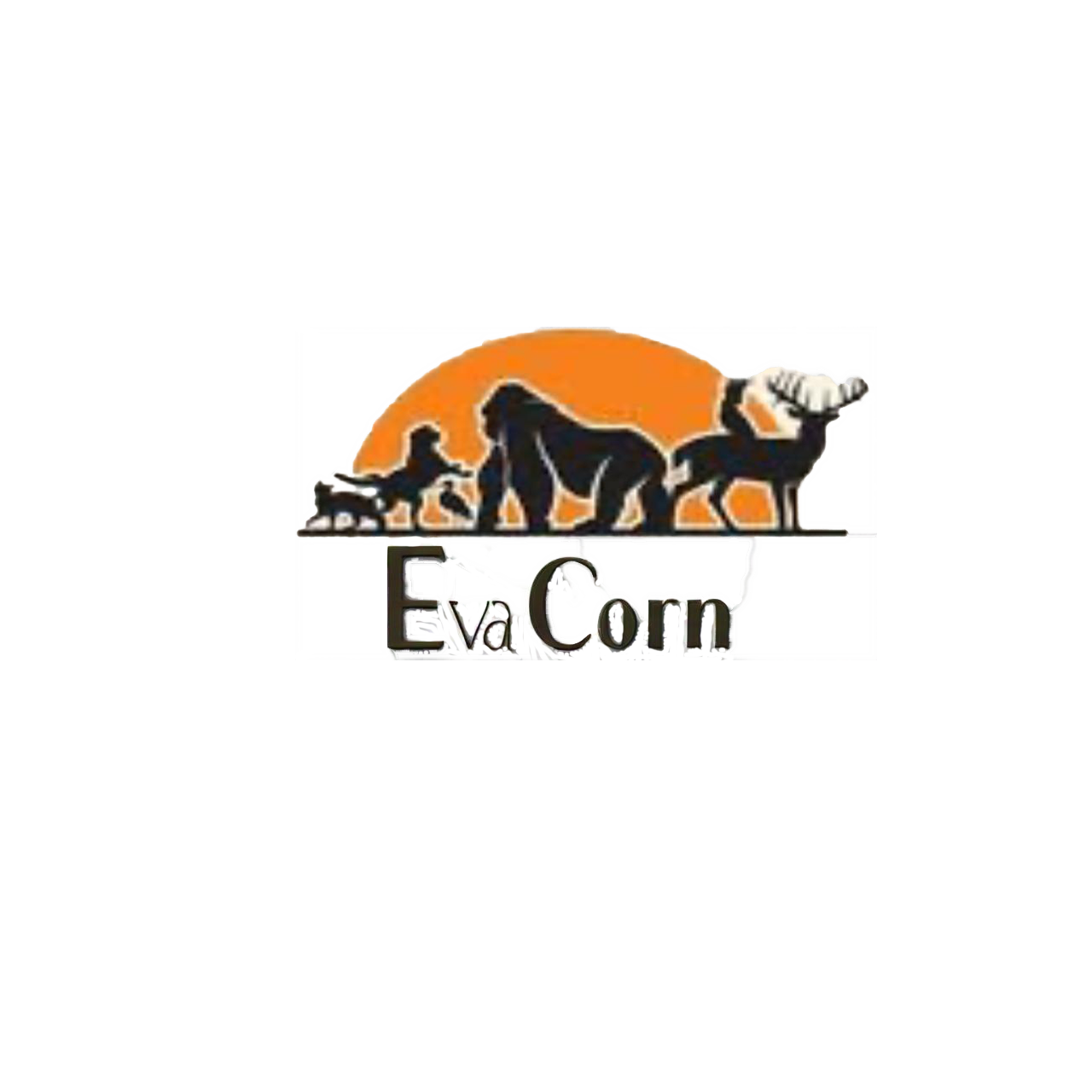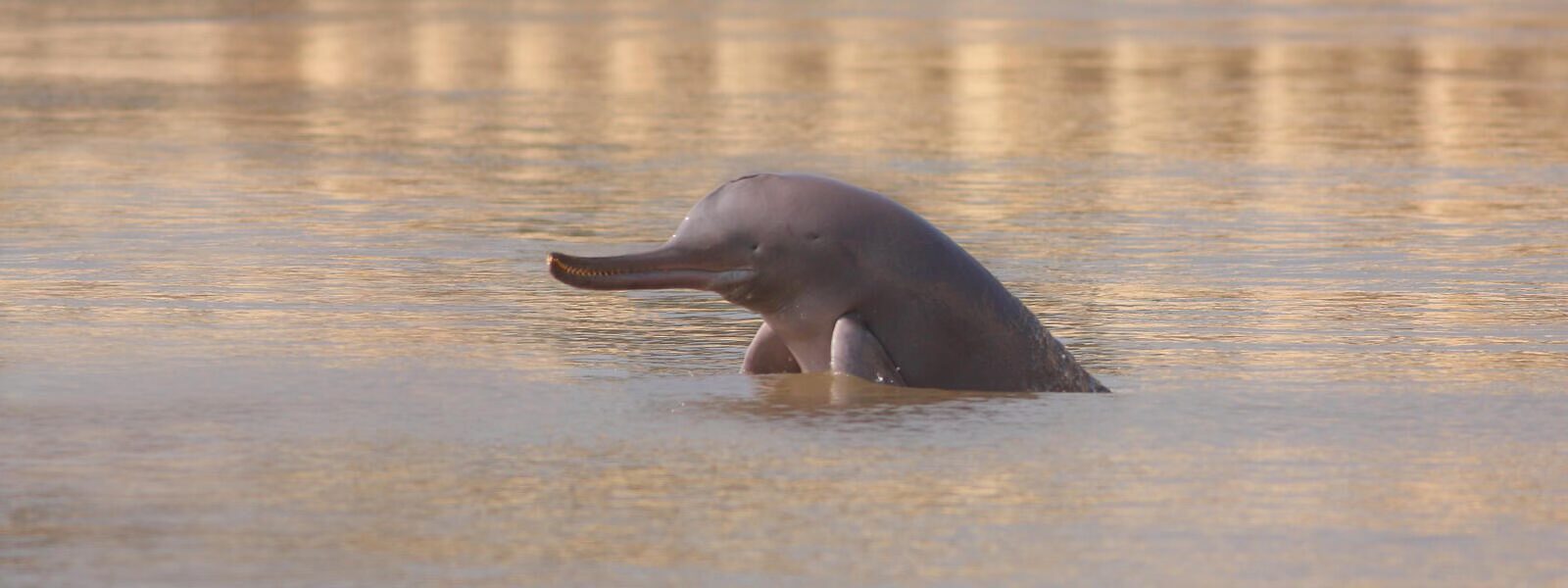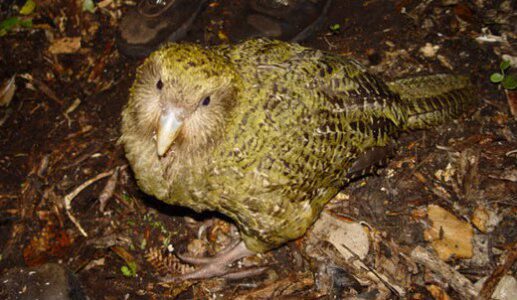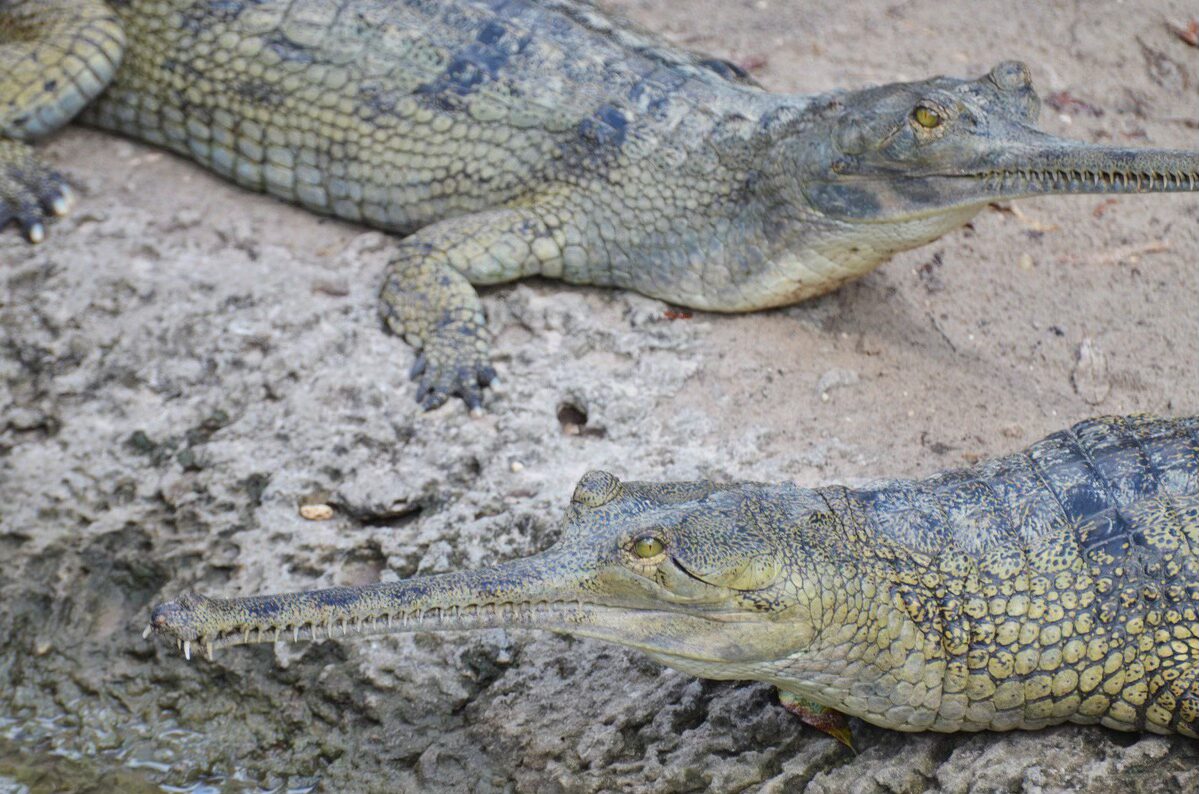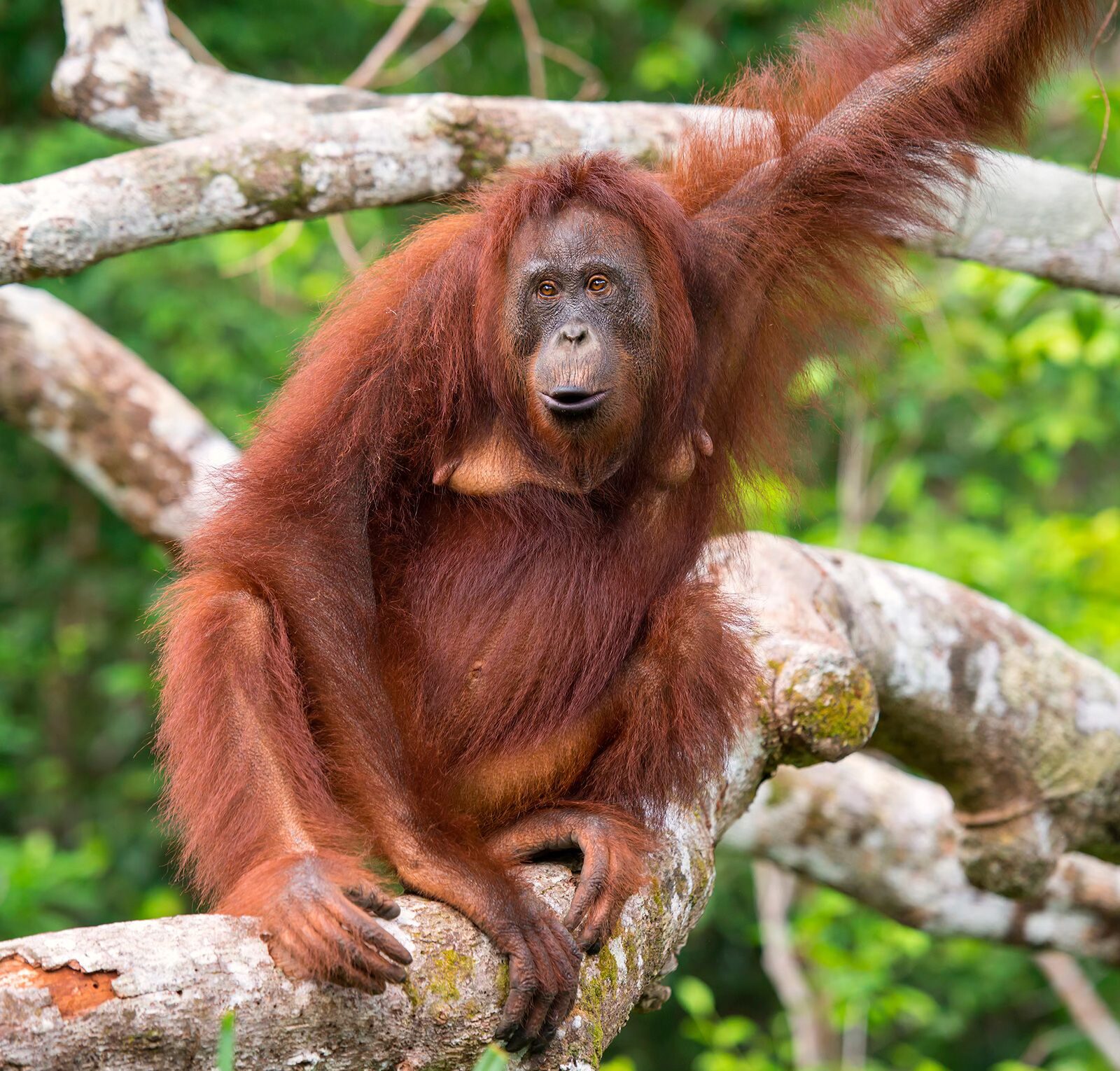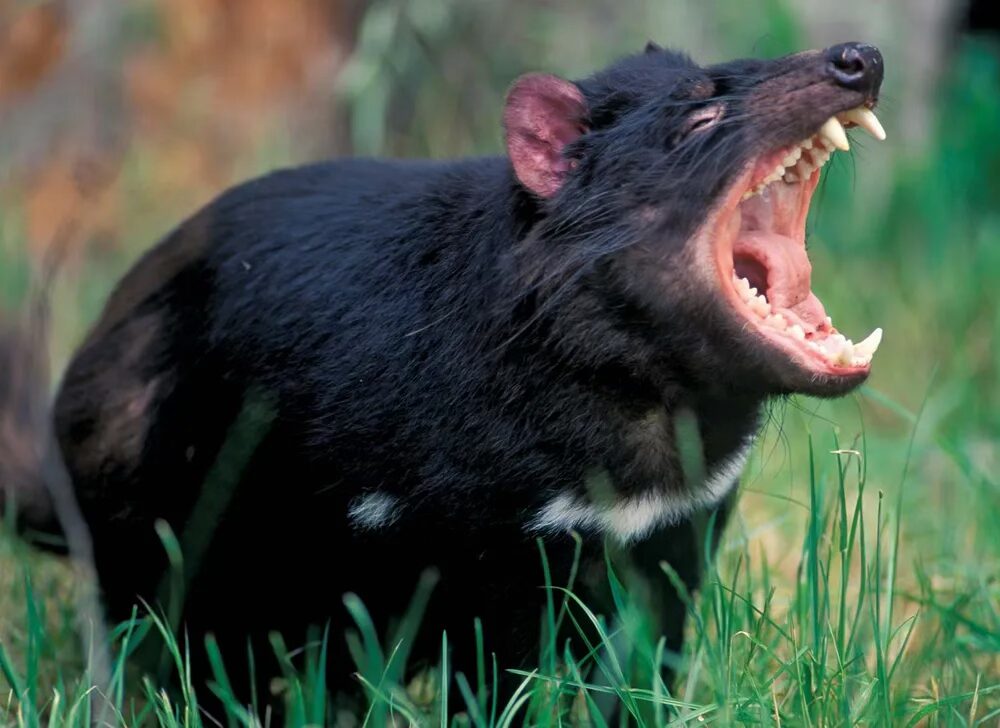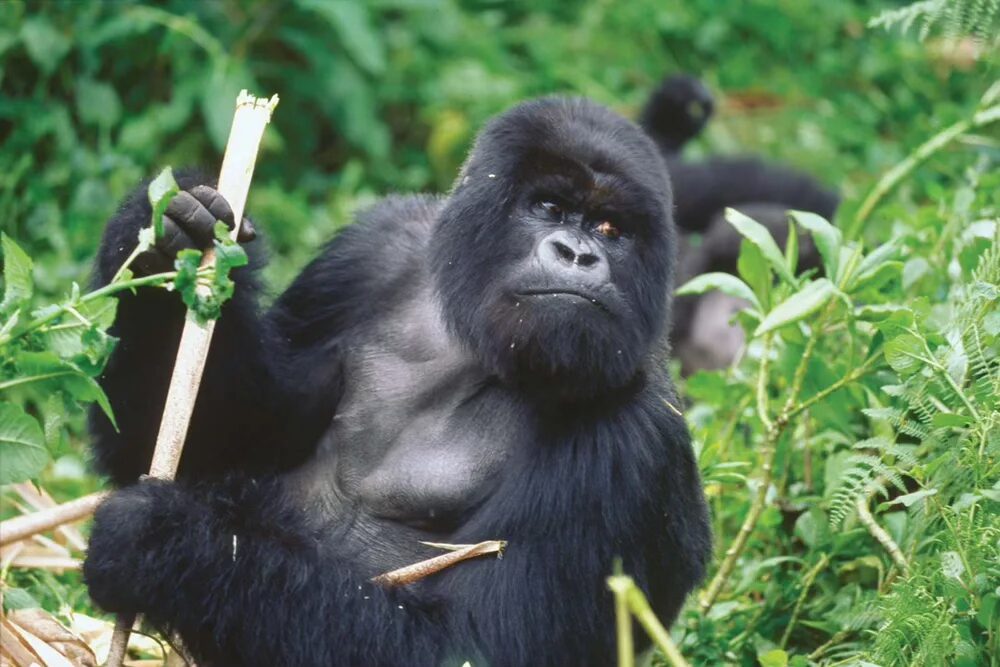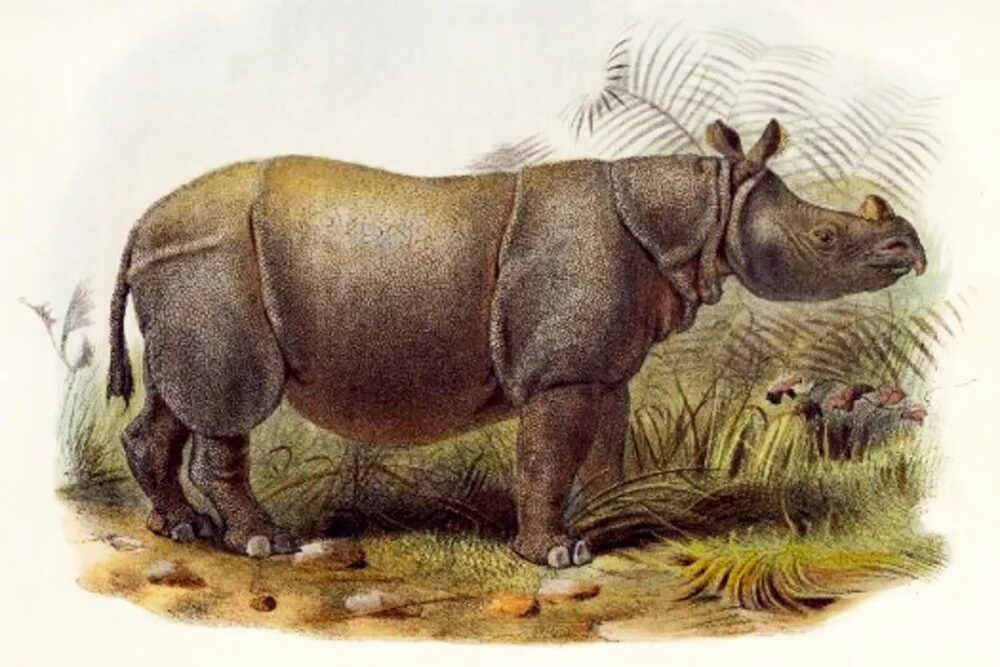
The plains bison (Bison bison bison) is one of two subspecies/ecotypes of the American bison, the other being the wood bison (B. b. athabascae).[2][3][4][5][6][a] A natural population of plains bison survives in Yellowstone National Park (the Yellowstone Park bison herd consisting of an estimated 4,800 bison) and multiple smaller reintroduced herds of bison in many places in the United States as well as southern portions of the Canadian Prairies.
Conservation of American bison
At least 25 million American bison were once spread across the United States and Canada, but by the late 1880s, the total number of bison in the United States had been reduced to fewer than 600, most of which lived on private ranches. The last known free-roaming population of bison consisted of fewer than 30 in the area that later became Yellowstone National Park. Although farmers and ranchers considered bison to be a nuisance, some people were concerned about the demise of this “North American icon”, so individual landowners and zoos took steps to protect them. Some people saved bison with the express purpose of ranching or hunting them (see Antelope Island bison herd). Others, such as the American Bison Society, were also formed with the idea of saving the species and reintroducing them to natural range. Plains bison have since been reintroduced into a number of locations in North America. Five main foundation herds of American bison supplied animals intended to save them from extinction. The northernmost introduction occurred in 1928 when the Alaska Game Commission brought bison to the area of present-day Delta Junction. Bison taken from this transplant were also introduced to other Alaskan locations, including Farewell and Chitina.The Delta Junction herd prospered the most, with a population of several hundred throughout the late 20th century. This herd is popular with hunters interested in hundreds of pounds of high-quality meat, but has been a problem for farming operations in the area. Though American bison generally prefer grasslands and plains habitats, they are quite adaptable and live in conditions ranging from desert, as in the case of the Henry Mountains bison herd, to forested areas, such as those of the Yellowstone Park bison herd; yet, they are all of the same subspecies Bison bison bison. Currently, over 500,000 bison are spread over the United States and Canada, but most of these are on private ranches, and some of them have small amounts of hybridized cattle genes. Significant public bison herds that do not appear to have hybridized domestic cattle genes are the Yellowstone Park, the Henry Mountains, the Custer State Park, the Wind Cave, and the Wood Buffalo National Park bison herds and subsidiary herds descended from it in Canada.
Park officials transferred plains bison from Fort Niobrara National Wildlife Refuge to Theodore Roosevelt National Park‘s South Unit in 1956 and its North Unit in 1962 for population increase.
